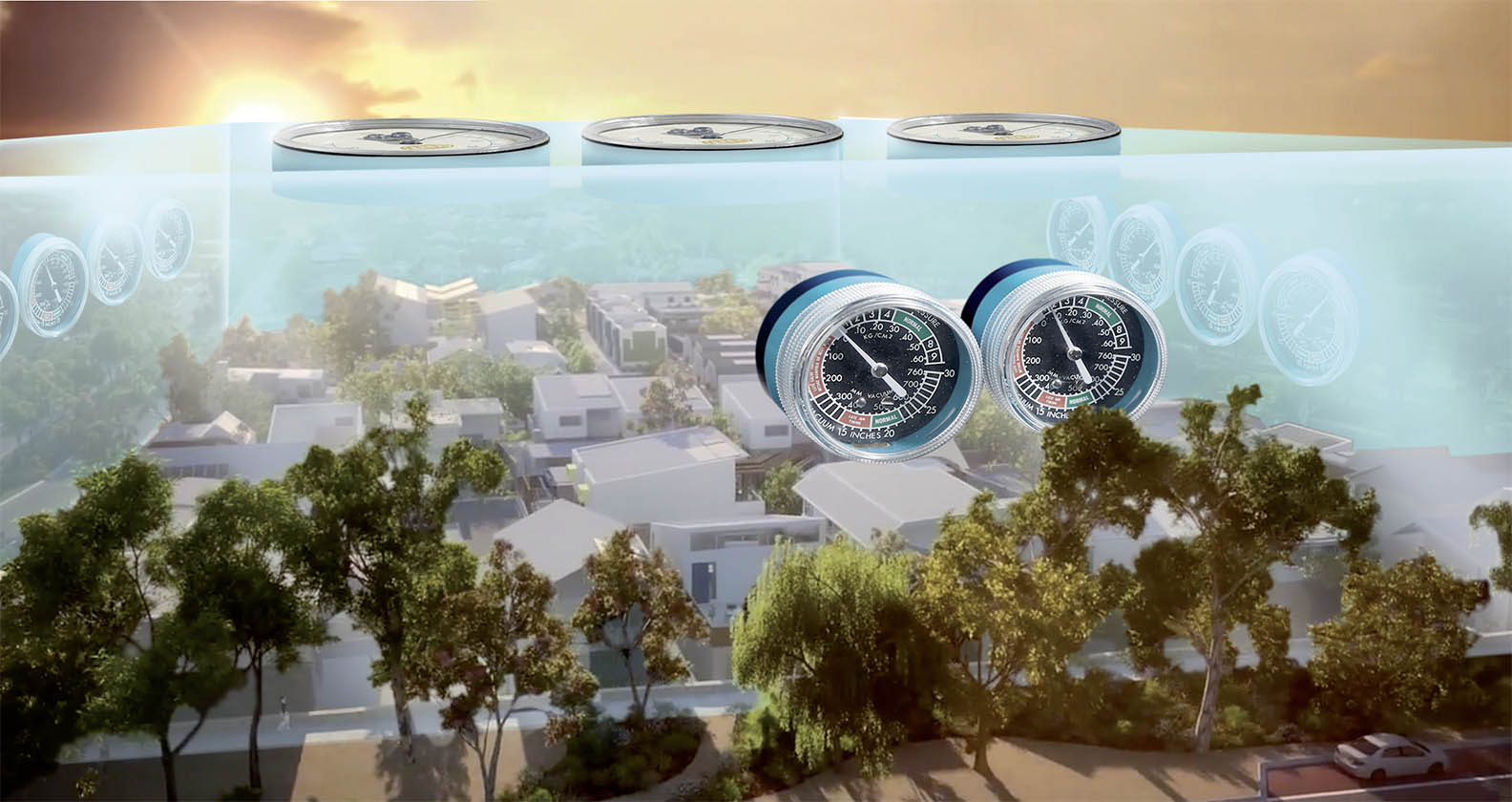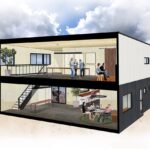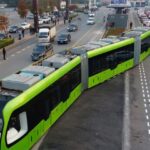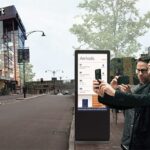Australia’s signing of the Paris Agreement signifies the nation’s commitment to reducing the use of fossil fuels to combat climate change. However, instigating such dramatic change, including within urban planning and housing development, is a challenge.
People in cities may resist change, especially in more established suburbs. Is it possible to demonstrate that a near-zero carbon urban redevelopment is attractive to residents, developers and governments alike? It’s this very question that drove Curtin’s Professor Peter Newman and his research team to embark on the White Gum Valley project.
Situated in Fremantle, White Gum Valley has been described as a ‘carbon positive living laboratory’, because it was designed to create more energy than it consumes.
This residential infill development features a range of building types, including two, three and four storey apartments, townhouses and single home sites, all of which rely on creative energy strategies. Homes are fitted with solar photovoltaics for energy supply and the potential for peer-to-peer energy sharing, as well as batteries for energy storage. A range of water sensitive measures are also in place.
“Rainwater is harvested for household use and stormwater is reused through a community bore to irrigate private and public gardens,” Newman explains. “An innovative community green space has been created from an old stormwater sump”.
Stage one of the project focused on design, planning and construction. Completed in 2016, it has already demonstrated environmental, economic and social impact.
The results from the early modelling showed that the development was overall likely to be around 60 per cent lower in carbon emissions, 70 per cent lower in water usage and 20 per cent lower in operating costs. When the solar and batteries are added to the precinct the opportunity for carbon positive outcomes can be realised[1].
In October 2015, the project was awarded ‘exemplar’ status by the Water Corporation (WA’s water provider) in recognition of its water saving initiatives.
In November 2015, it was announced as Western Australia’s first international ‘One Planet Community’, meaning its carbon production must remain under 0.8 tonnes per person per year by 2050, have an ‘ecological footprint’ of 1.25 global hectares per person by 2050 and avoid any damaging pollution to air, land or water as a result of activities at the construction or occupation stage.
The state government has been supportive. “The problems of a growing population, competition for water supply, power generation, housing affordability and social alienation are all issues addressed by this project,” says former WA Lands Minister Terry Redman.
The positive economic outcome of the first phase of the project is evidenced by stronger than expected sales in a notably weak market.
“The project has achieved sales above market expectations, with the estate’s 23 single lots and five multi-residential sites ultimately providing homes for more than 150 people,” says Warren Phillips, Landcorp senior development manager.
A spin-off company called ‘Power Ledger’ was established in 2016 and now employs 22 people. The company hosts a peer-to-peer platform allowing for households to trade solar electricity generated and stored. Its system uses blockchain technology to allow residents to trade excess electricity among themselves at a price determined by the seller. Power Ledger has deployments underway [as of 2017] in Australia, India, Thailand and North America.
Three innovative, affordable housing demonstrations within White Gum Valley – known as Gen Y, Community and Co-op – were designed to appeal to different types of residents, to ensure social diversity and inclusivity. Gen Y caters to the first home buyer, Community enables residents to design and develop their own apartment complex, and Co-op gives residents the opportunity to slowly purchase their own home.
“The Sustainable Housing for Artists and Creatives Co-operative (SHAC) development has been a miracle for local Fremantle artists to have their own house and studio space in a wonderful, sustainable development,” says Clare Detchon, Sustainable Housing for Artists and Creatives, SHAC.
The project’s community engagement strategy also garnered strong local support and encouraged public input into the design of the development and its energy saving systems.
“The existing Valley community were pressing for a redevelopment that was diverse and sustainable. When the White Gum Valley redevelopment took an innovative course, much of the local community was encouraged that this site would enhance the wider community as well as provide for future residents,” says Dr Steph Jennings, White Gum Valley resident.
The project has assisted with cultural change regarding the redevelopment of suburbs due to the shift in community and industry perceptions towards green planning projects of this nature, as noted by the mayor of Fremantle.
“White Gum Valley is without doubt a project that has had, and will continue to have, major impacts on how we do sustainable urban infill well.”
“It is a site that has exceeded community expectations in terms of delivering high-quality, diverse and affordable housing, of a range of densities. While in Perth, density is often seen unfavourably, White Gum Valley has demonstrated ‘density done well’, and has had strong local community support as a result. There are now calls for further projects like this. In fact, ‘White Gum Valley Mark 2’ is now in the planning stages,” reveals Brad Pettitt, mayor of Fremantle.
The precinct has been repeatedly recognised by industry, receiving two 2016 Planning Institute of Australia awards for excellence in the WA division: Best Planning Ideas – Small Project (WA) and the Planning Minister’s Award; and one in the national division: the National award for Best Planning Ideas – Small Project.
The next phase of the research project is now underway, with residents moving in and real-time monitoring of operational performance producing data to validate its economic, social and environmental influence. The project has also influenced the areas of planning, development and infrastructure, providing a blueprint for similar developments now being implemented throughout Australia and beyond.
[1] Glazebrook, G., & Newman, P. (2018). The City of the Future. Urban Planning, 3(2), 1-20. doi:http://dx.doi.org/10.17645/up.v3i2.1247
Related courses:
Sustainability and Climate Policy
Sustainable Development



